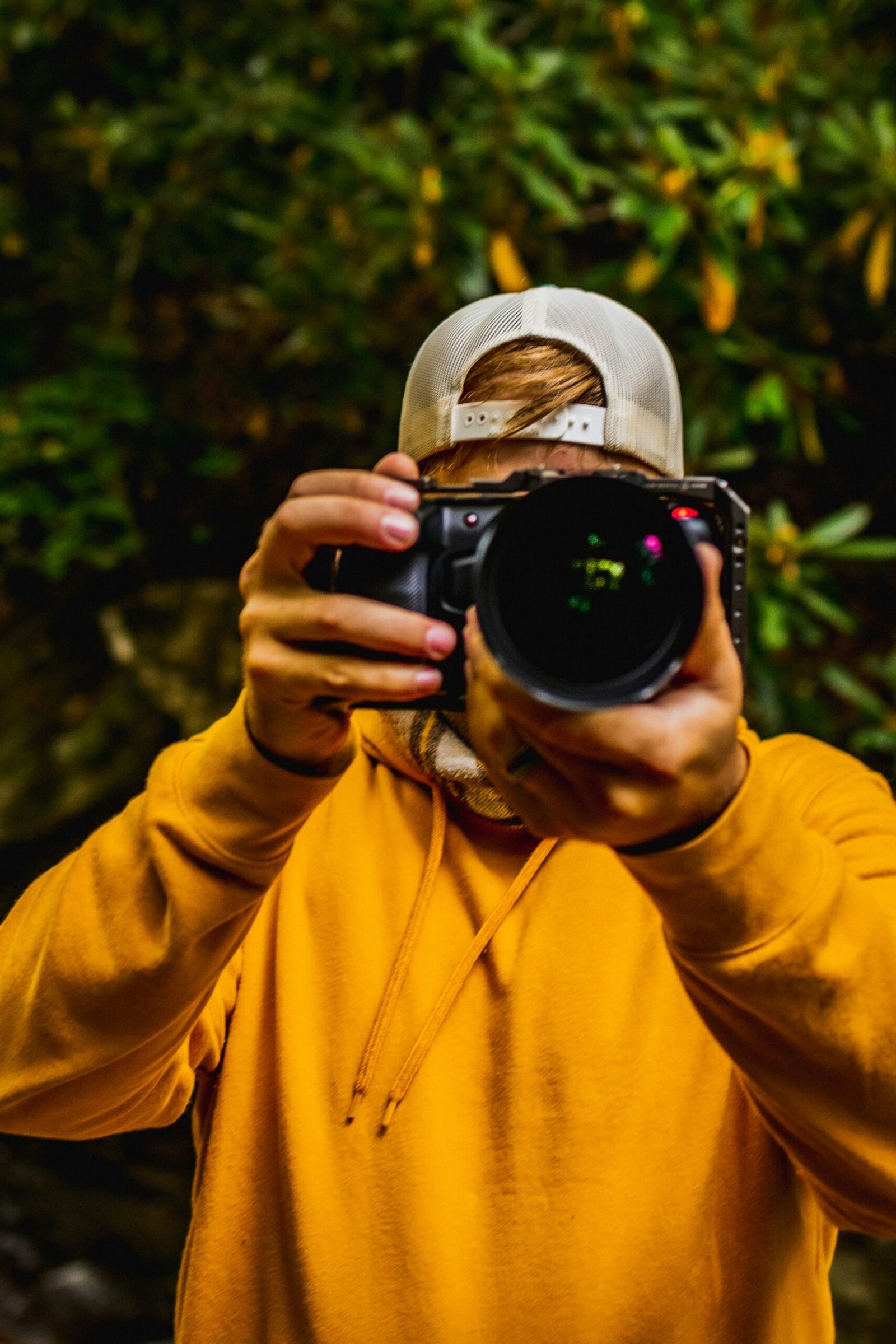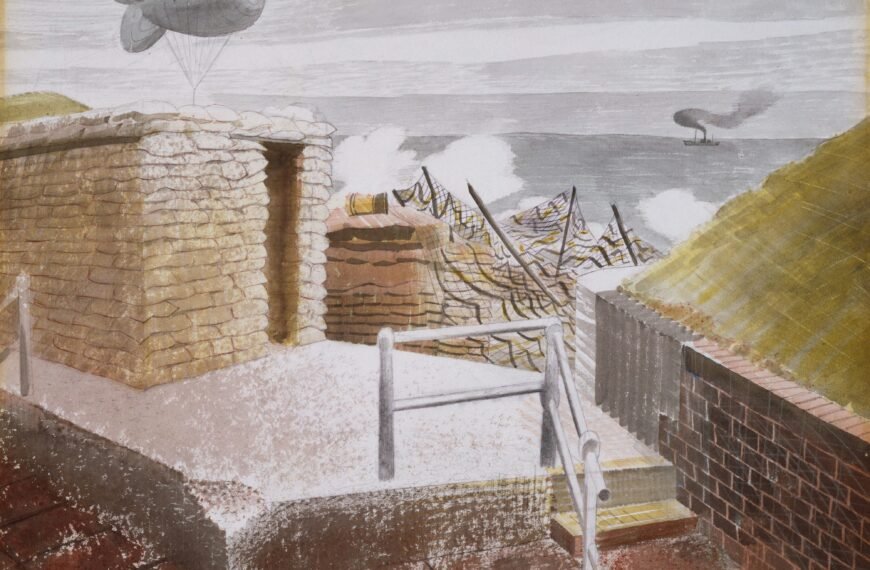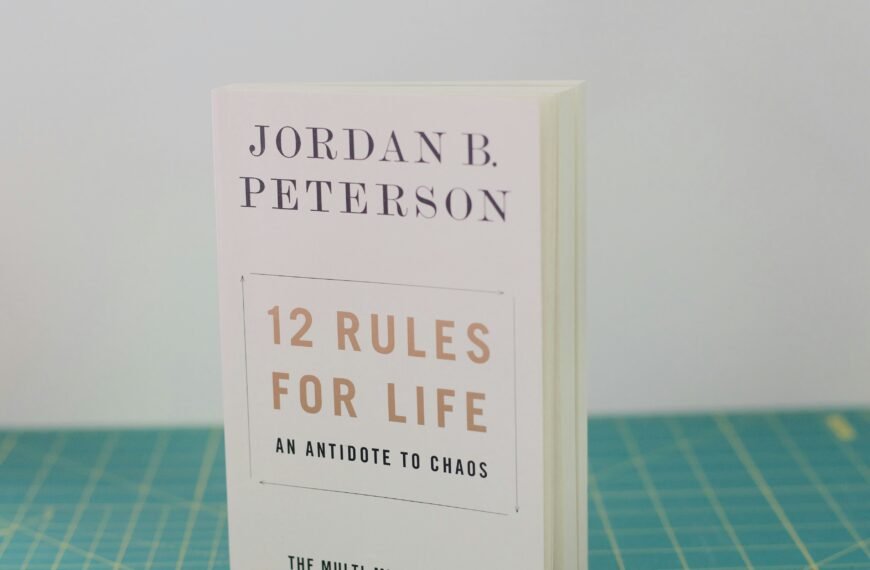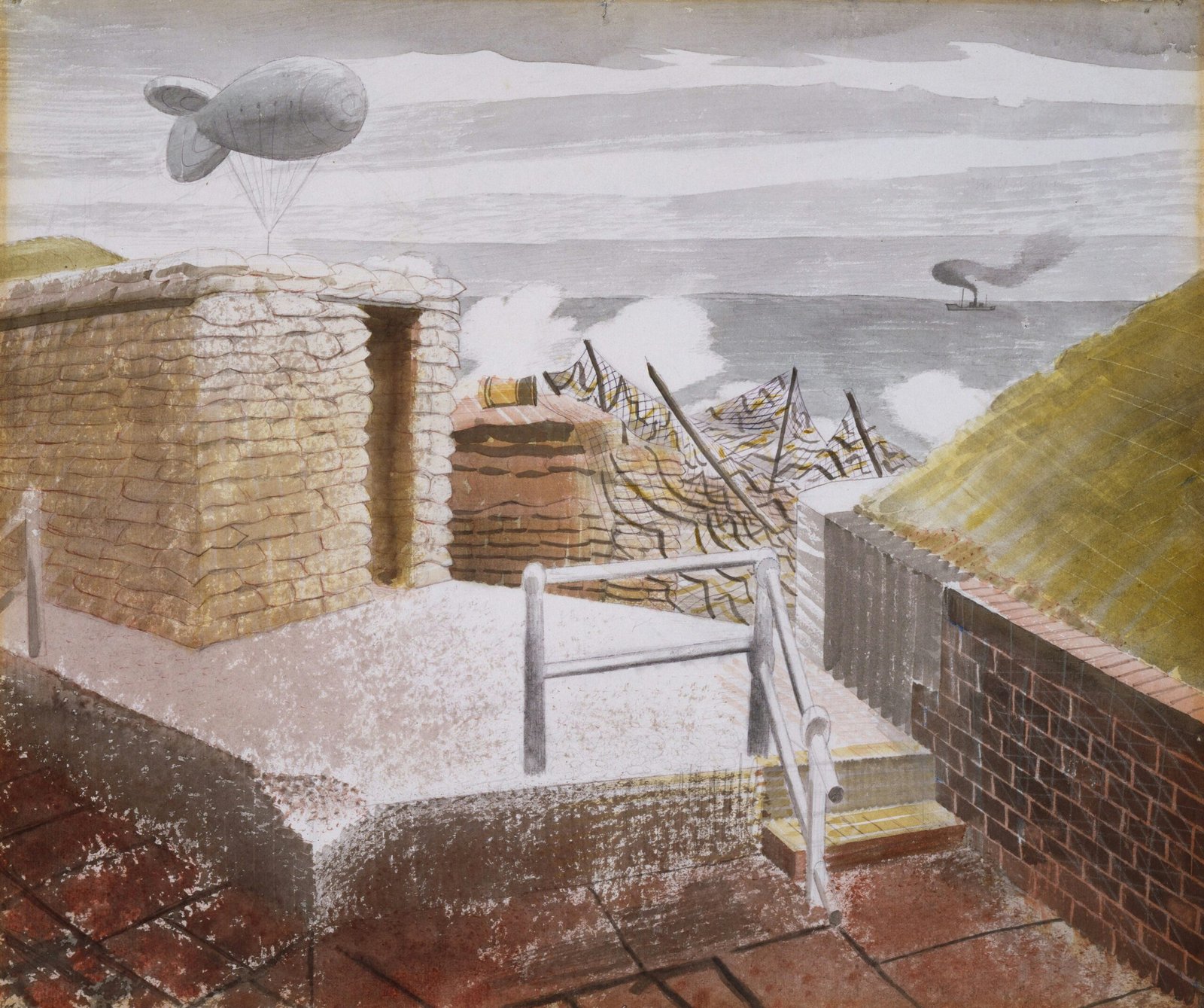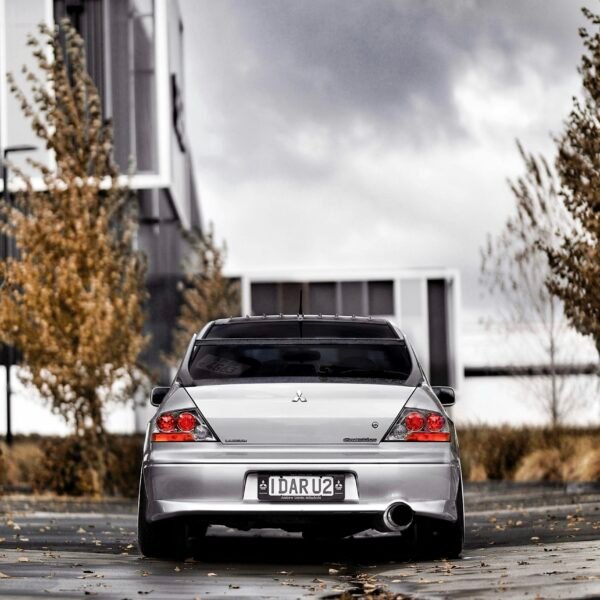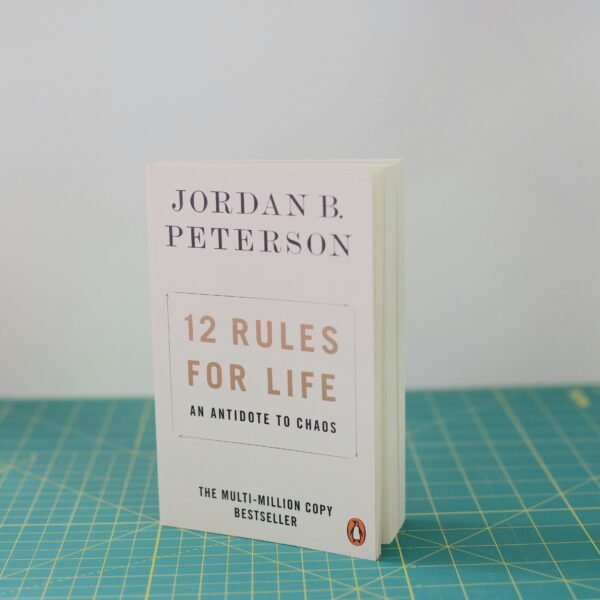In a recent development in the art world, Richard Prince has agreed to compensate two photographers for their copyrighted images that he used in his own work. The long-standing copyright dispute has finally come to an end, as Prince will pay at least $650,000 to the photographers and is barred from reproducing their images. The photographs in question were part of Prince’s “New Portraits” installation, where he printed Instagram photos on large canvases and added his own comments. This resolution marks a significant victory for the photographers and has been hailed as a case of principle and perseverance in the art world.
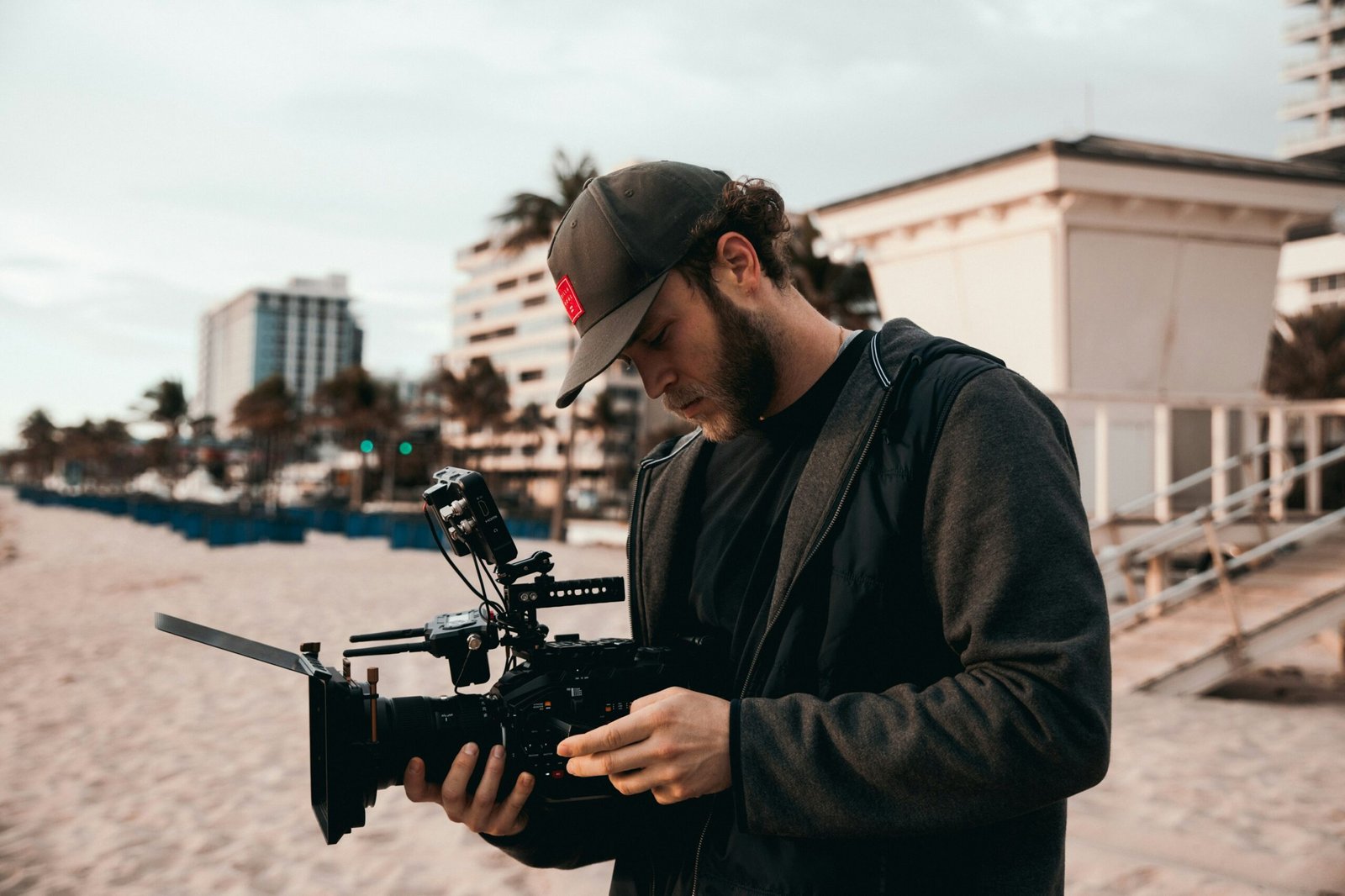
Background
Richard Prince’s use of photographs in his installation
Richard Prince, the renowned artist, incorporated photographs that had been posted on Instagram in his installation called “New Portraits.” In this installation, he printed several Instagram photos on large canvases and added his own Instagram-style comments below them. This unique approach to art caught the attention of the art world and garnered both praise and criticism.
Copyright dispute over ‘New Portraits’ installation
However, this innovative installation also sparked a copyright dispute. Two photographers, Donald Graham and Eric McNatt, discovered that their images had been incorporated into Prince’s works without their consent. They filed a lawsuit against Prince, claiming copyright infringement and seeking compensation for the unauthorized use of their photographs.
Compensation for Photographers
Richard Prince agrees to pay damages
Shortly before the trial began, Richard Prince reached an agreement to compensate both photographers for their images that he had used in his installation. This decision came as a surprise to many, as Prince had adamantly refused to admit infringement throughout the litigation process.
Judgments filed in favor of the photographers
Two judgments were filed on Thursday in New York, awarding damages to the photographers and offering legal protection against further reproduction of their photographs. The judgments specifically barred Prince from reproducing the photographs known as “Rastafarian Smoking a Joint” by Donald Graham and “Kim Gordon 1” by Eric McNatt.
Photographers’ reaction to the settlements
Donald Graham and Eric McNatt expressed their satisfaction with the judgments, considering this a significant victory for the rights of artists. They saw this case as a “David vs. Goliath” matter for the art world, where individual photographers successfully stood up against a renowned artist.
Prince’s response to the settlements
On the other hand, Richard Prince’s studio manager, Matt Gaughan, stated that Prince still denied any infringement but chose to settle to avoid the exorbitant costs associated with a full trial. Gaughan highlighted that the settlement amount was only a fraction of what they would have spent on litigation alone.
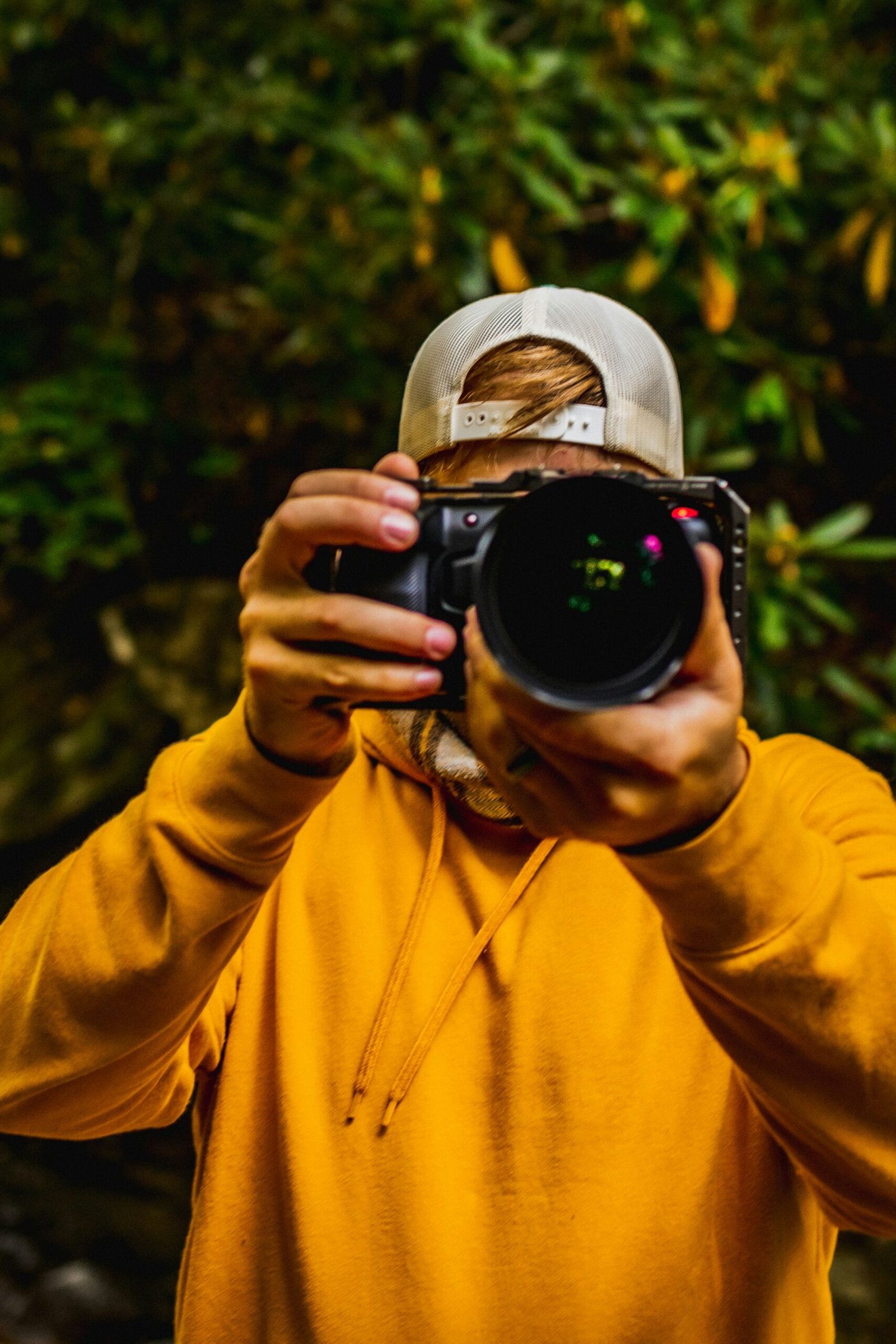
Details of the Copyright Infringement
Photographs incorporated into Prince’s works
The photographs “Rastafarian Smoking a Joint” and “Kim Gordon 1” were incorporated into two separate works in Richard Prince’s “New Portraits” installation. Graham’s image became a part of a work referred to as “Portrait of Rastajay92,” while McNatt’s photograph was used in a work referred to as “Portrait of Kim Gordon.”
Gallery exhibitions featuring the infringing works
The infringing works were exhibited at various galleries, attracting attention from art enthusiasts and critics. “Portrait of Rastajay92,” featuring Graham’s photograph, was displayed at a New York gallery in 2014. “Portrait of Kim Gordon,” featuring McNatt’s photograph, was showcased in a gallery in 2015. These exhibitions contributed to the controversy surrounding the unauthorized use of the photographers’ works.
Photographers’ Legal Representation
Lawyer representing Donald Graham and Eric McNatt
Donald Graham and Eric McNatt were represented by David Marriott, a prominent lawyer specializing in copyright law. Marriott fought tirelessly for his clients’ rights, presenting their case to the courts and advocating for fair compensation for the unauthorized use of their photographs.
Lawyers’ comments on the judgments
David Marriott, the lawyer representing Graham and McNatt, expressed his satisfaction with the judgments, acknowledging the significance of this case for the art world. He described it as a story of principle and perseverance, where individual photographers stood up against a well-known artist.
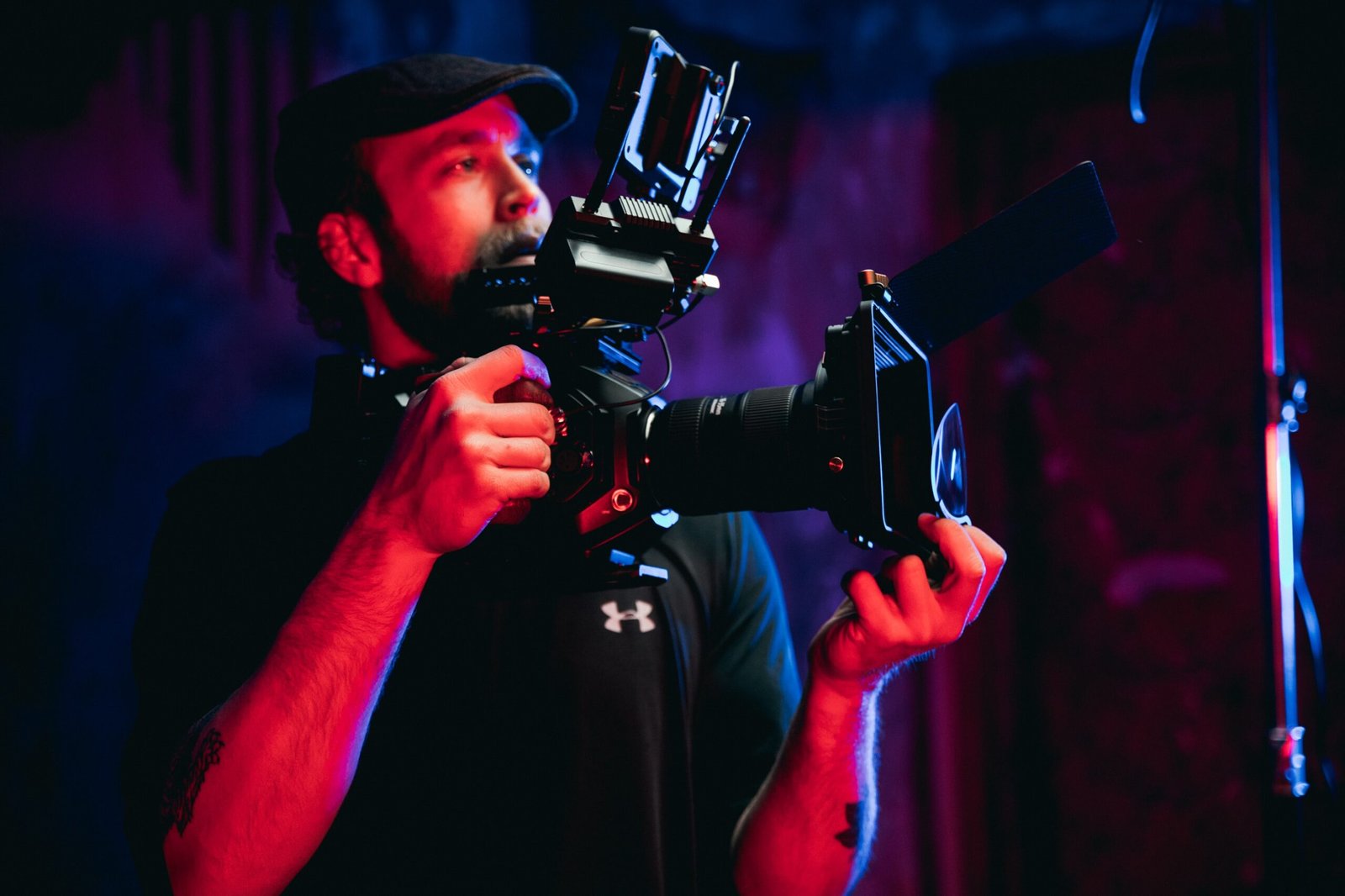
Impact on the Art World
Significance of the case for the art world
The resolution of this copyright dispute holds great significance for the art world, reinforcing the importance of respecting artists’ copyrights and the value of their intellectual property. It serves as a reminder that even renowned artists are not exempt from legal consequences when infringing upon the rights of other creators.
David vs. Goliath narrative
The case between Richard Prince and the photographers was often framed as a “David vs. Goliath” battle. The individual photographers, with limited resources compared to Prince, stood up against a celebrated artist to protect their rights and claim fair compensation. This narrative resonated with many, highlighting the importance of justice in the art world.
Principle and perseverance in the art world
The photographers’ pursuit of justice in this case represents the principle and perseverance that artists and creators uphold. They demonstrated their dedication to protecting their work and fought against the unauthorized use of their photographs. Their resilience serves as an inspiration to artists who face similar challenges.
Lengthy Litigation Process
Eight years of costly litigation
The copyright dispute between Richard Prince, Donald Graham, and Eric McNatt spanned eight years, resulting in a lengthy and costly litigation process. The time-consuming nature of the legal proceedings added to the tension and anticipation surrounding the case, making the final judgment all the more significant.
Settlement as a fraction of trial costs
Despite Richard Prince’s refusal to admit infringement, the settlement reached with Donald Graham and Eric McNatt offered a resolution to the lengthy litigation process. The settlement amount, though a fraction of what a full trial would have cost, allowed both parties to avoid further expenses and brought an end to the copyright dispute.
Verification of Access
Patience during access verification
We appreciate your patience as we verify your access to this article. Access to certain articles on our platform may require authentication to ensure a seamless reading experience and protect the content’s integrity.
Reader mode and Times account
If you are currently in Reader mode, please exit and log into your Times account to access the full content of this article. Reader mode may restrict access to select articles to ensure compliance with our subscription policies.
Subscription options
If you do not have a Times account, we invite you to subscribe to enjoy unlimited access to The New York Times and stay up-to-date with the latest news and features across various topics, including art and design.
Conclusion
The resolution of the copyright dispute between Richard Prince, Donald Graham, and Eric McNatt marks an important moment for the art world. It emphasizes the significance of respecting artists’ rights and the value of their intellectual property. The case serves as a reminder that even renowned artists must face the consequences of copyright infringement. The victories secured by individual photographers in this “David vs. Goliath” battle demonstrate the principles and perseverance that guide artists in protecting their work. As the art world continues to navigate the complexities of copyright in the digital age, this case stands as a testament to the resilience and determination of artists standing up for their rights.

